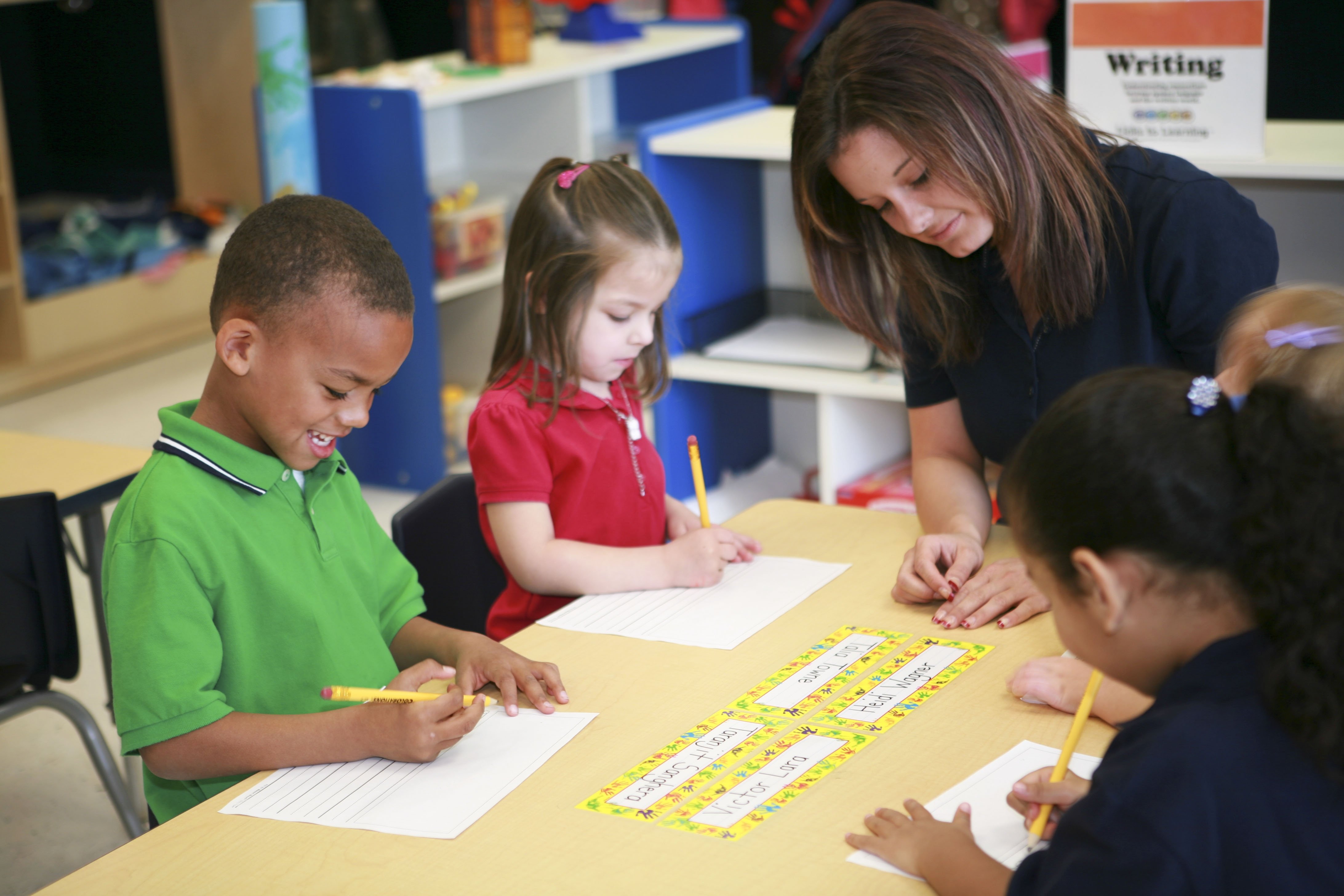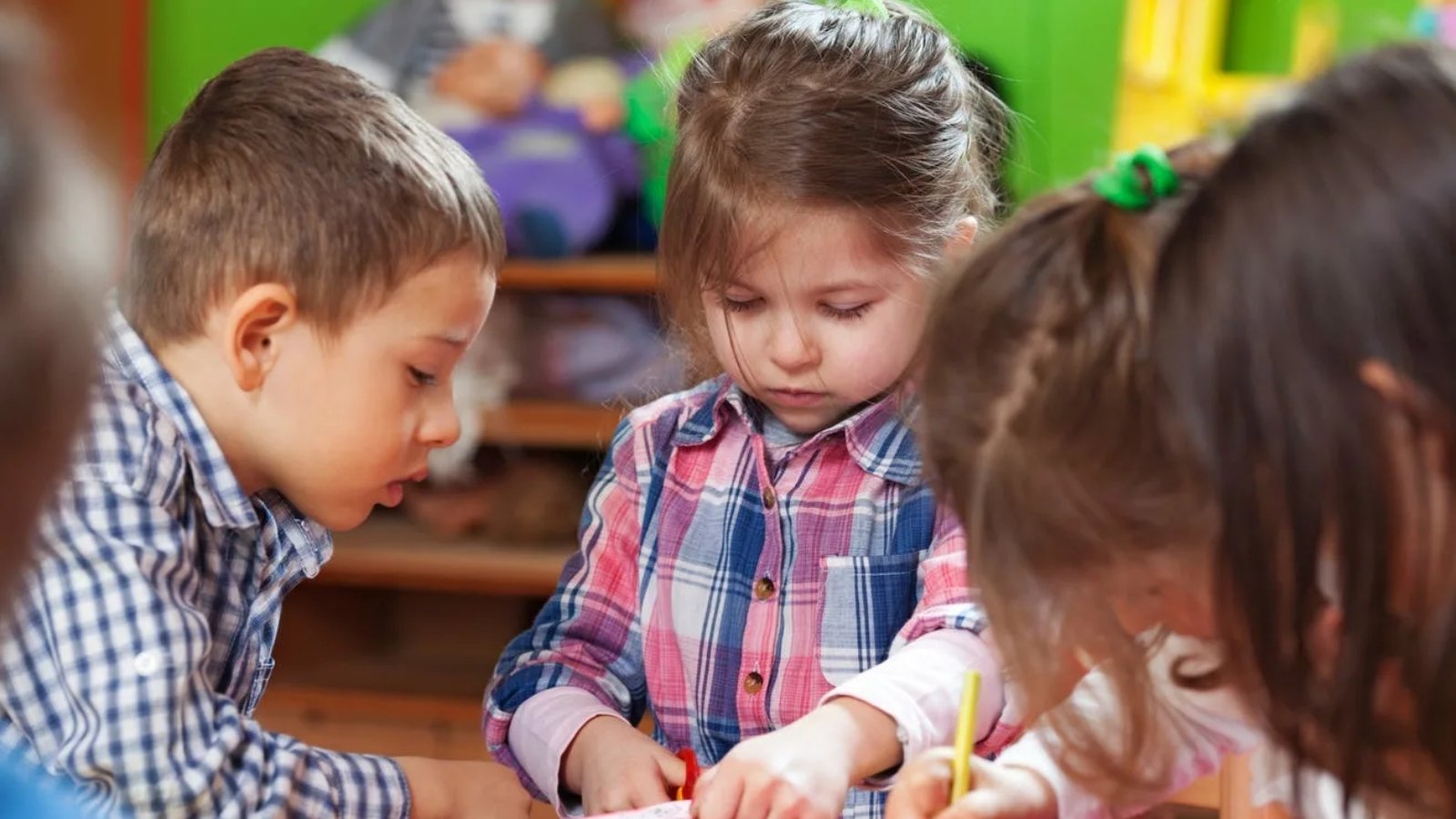Cute Phrases Destructive for Children
What the teacher says and does in class during their interactions reflects their personal beliefs about themselves, the learners, and the whole process.
What are the beliefs? How do they shape the teacher's world? How do they contribute to the success or failure of the learners?
Elizabeth Genderson is a psychologist at Temple University who studied the effect of two different types of praise on 53 children. The children were divided into two groups. The focus of the statements given to the first group was on the child's effort, while the focus of the statements to the second group was on the child's abilities.
Phrases of praise that focused on the child's effort included phrases such as: "You worked hard on this matter," "You persevered in this matter," and "You did a good job."
On the other hand, the phrases of praise focused on the child's ability included phrases such as: "Oh, you, what a smart kid!” “How talented you are!” and “You’re good at this, aren’t you?”
During follow-up of these children, the study revealed that the group that received praise for their efforts tended to be more persistent in solving problems. In contrast, the children who received praise for their abilities gave up quickly.
Beliefs shape our world
Beliefs are the rules by which we live. They are our best set of principles based on our personal experiences of how the world works. Hence, they are not facts. Instead, they are ideas we keep repeating about what is possible and not possible for us and what we can and cannot do. The strange thing is that when our personal experiences prove the validity of our beliefs, we feel satisfied and confident in our ideas and ourselves, and our beliefs turn into self-fulfilling prophecies.
For example, most teachers believe they have sufficient understanding of the information they have been teaching for many years. Still, the learners do not realize a lot of information. Despite the disappointing learning results that the teacher gets every time, most teachers should have reconsidered the methods they use. Their beliefs about themselves and the learners shaped the world according to which they work.
Similarly, learners have limiting beliefs about themselves, their teachers, the school, and the world around them. Learners who have a belief that they are unable to succeed in mathematics and that it was not made for them, especially those who experience repeating the school stage because of failure to achieve the success rate in a specific subject (such as mathematics, languages, or science) will often not try to make any effort to test their belief. They often lose another academic year confirming the validity of their self-obstructing belief.

Teacher expectations are a barrier to learner success
The teacher's beliefs shape their expectations about the learners, determine their learning goals, often unconsciously, and have a significant impact on motivating the learners. They give a constructive impulse for the learners if it is appropriate. Otherwise, they will generate frustration and boredom if they are not adapted to their inclinations, expectations, or levels.
If the teacher sets goals that are small and close to the level of the learner's capabilities, but with some challenge, the student's motivation and involvement in the learning process will continue and produce steady progress.
The very long-term goals or the goals that are less than the actual level of the learner make the learner bored and frustrated; thus, the effort exerted by the learner will decrease, and their performance will decline.
In addition, the expectations that are not commensurate with the actual level of the learners lead to setting unrealistic goals that require a long time to achieve. Then the learner knows that their abilities do not help them succeed in achieving these goals, so they give up and back down.
At the same time, the teacher should never forget that not all learners are at the same level in the same period. Therefore, it is good if the teacher can work on matching the objectives according to each learner. Thus, if the teacher finds that the curriculum presents goals or expectations that cannot be followed, they must adapt these goals, agree with the needs of learners who face educational difficulties, and set short-term and realistic goals for them that are compatible with their actual level. The curricula were created to help teachers organize the sequence of the study material, not to make it a tool of torture for the learners.
Then the teacher has a role in teaching the learners strategies that help them learn the curriculum so that they can use the necessary tools to face the challenges and difficulties they face during the educational process. Also, they must monitor their continued success through progress in achieving small goals to excel over themselves. Learners often surprise us by reaching levels the teacher did not imagine they could reach.
It is dangerous to set unrealistic goals for a long time because it leads learners to lose confidence in everything and no longer believe in their future or good intentions. Also, they have nothing to lose, so they become rebellious and delinquent because failure does not represent them but rather the miserable educational system that led them to rebellion. Then it becomes very difficult to save or restore them.
Positive expectations
Rosenthal and Jacobson proved that positive expectations lead to positive outcomes, and negative expectations lead to negative outcomes. They called this the "Pygmalion Effect" or "self-fulfilling prophecy." Hence the beliefs of the teacher and the learner constitute a double-edged tool. They will build an internal and external environment suitable for the growth of the learners psychologically and emotionally, which will contribute to enhancing learning, or they will turn into a destructive environment for everyone. Here, experts stress some points regarding the issue of expectations:

- Tell all learners that you trust them to excel.
- Tell all learners that you are confident in your practical teaching abilities.
- Tell all learners that you trust previous learners' successful applications of what they learned in class to the real world.
- Resist the urge to let go of some learners,keep elders high expectations of each of them, and remember that you may have learners who have only heard the word failure in their lives. So keep hope if you can impress them with their self-confidence. If we treat them with positive expectations, we'll increase their chances of success.
- Read Thomas Conillan's book, Brining Out the Best in Other, for suggestions on employing positive expectations in creating a positive learning environment.
In conclusion
In the study with which I began this article, Genderson linked the findings she observed on children's behavior to Carol Dweck's theory of a fixed mindset and a growth mindset. Her study showed that process praise aimed at reinforcing a child's effort results in more perseverance. In contrast, praise for ability discourages a child from trying harder in reality because the child believes that making more effort will not increase their ability.
Here teachers should be more careful when reinforcing the behavior of the learners in the classroom because children often adopt the opinions of adults as facts about themselves.
Hence, using phrases that praise the effort they make in solving problems and achieving the small successes achieved by the learners, according to Genderson's study, will contribute to the children's continued learning and perseverance to achieve successive successes.
Therefore, they achieve feelings of self-confidence and acquire the personal characteristics that will make them successful in the future.
The ability to see things from other people's perspectives is essential to influence them; this is where compatibility arises between us and others.
In addition, being cheerful, showing positive feelings, using a friendly tone, and supporting behaviors such as nodding in agreement is twice as good as using a negative tone.
"Positive emotions make us more open to taking appropriate action, make us more aware of a wider range of thoughts, and make us more receptive and creative," says Barbara Fredrickson, a senior researcher on positivity at the University of North Carolina.